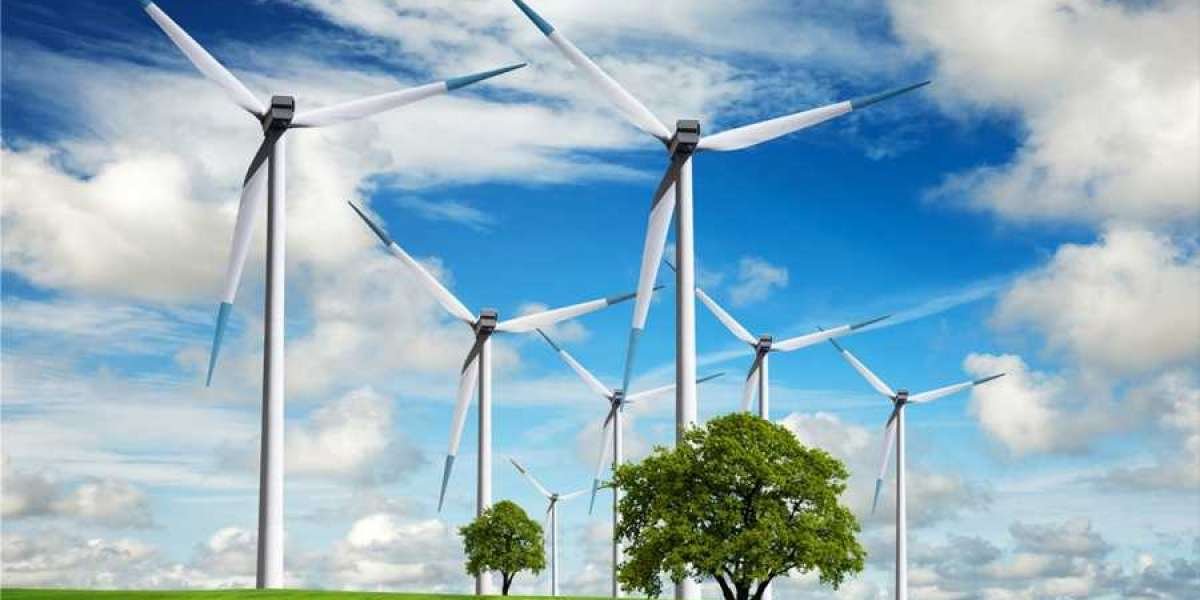Green energy is any form of energy produced from natural resources such as sunshine, wind, or water. There are significant distinctions between renewable and green energy that we shall discuss below.
The critical aspect of these energy resources is that they do not affect the environment by emitting greenhouse gases into the atmosphere.
How Does Green Energy Function?
Green energy is frequently derived from renewable energy technologies such as solar energy, wind energy, geothermal energy, biomass, and hydroelectric power. Each of these technologies uniquely generates energy, whether through solar panels, wind turbines, or water flow.
What Does This Imply?
A resource cannot cause pollution to qualify as green energy as fossil fuels do. Unfortunately, this means that not all of the renewable energy industry's sources are environmentally friendly. For example, while electricity generated from the combustion of organic material from sustainable forests is renewable, it is not always green due to the CO2 released during the combustion process.
Compared to fossil fuels such as natural gas or coal, which can take millions of years to generate, green electricity sources are often replenished naturally. Additionally, green suppliers frequently avoid mining and drilling operations that might be detrimental to ecosystems.
Wind energy, solar power, and hydroelectricity are the primary sources (including tidal energy, which uses ocean energy from the tides in the sea). Solar and wind energy may be created on a small scale in people's homes or on a bigger, industrial scale.
The six most often encountered varieties are as follows:
1. Solar Energy
This widely used renewable, the green energy source is typically generated utilizing photovoltaic cells that convert sunlight to electricity. Additionally, solar power is used to heat buildings and provide hot water, cooking, and lighting. Solar cells have become economical enough for personal usage, such as garden lighting, but it is also employed on a bigger scale to power whole communities.
2. Wind Energy
Wind power, which is particularly well-suited to offshore and higher altitude locations, harnesses the strength of the world's air movement to propel turbines that create electricity.
3. Hydroelectricity
Also known as hydropower, this sort of green electricity generates electricity by harnessing the flow of water in rivers, dams, and other bodies of water. Hydropower may also be used on a small scale by utilizing water flow through household pipes or by using evaporation, rainfall, or ocean tides. The degree to which the following three sources of green energy are 'green' is determined by how they are generated.
4. Renewable Geothermal Energy
This form of green energy makes use of thermal energy that has been trapped beneath the earth's crust. While access to this resource involves drilling raising concerns about the environmental effect, it is a massive resource once tapped. For thousands of years, geothermal energy has been utilized in hot springs, and the same resource may be exploited to create steam to power turbines and generate electricity. The energy buried under the United States alone is sufficient to generate ten times the power now produced by coal. While certain countries, such as Iceland, have easy access to geothermal resources, it is a resource that is location-dependent for ease of use, and drilling methods must be continuously controlled to be truly 'green.'

5. Biomass energy
Additionally, this renewable resource must be adequately controlled in order to be legitimately labeled as a source of 'green energy.' For example, biomass power plants generate electricity by burning wood waste, sawdust, and combustible organic agricultural waste. While burning these materials produces greenhouse gases, they are still far less than those produced by petroleum-based fuels.
6. Biodiesel
Rather than being burned, these organic materials can be converted into fuels such as ethanol and biodiesel. After providing just 2.7 percent of the world's transportation fuel in 2010, biofuels are expected to fulfill more than 25% of global transportation fuel demand by 2050.
Why Is It Critical?
Green electricity is critical for the environment since it mitigates the negative impacts of fossil fuels by substituting more ecologically friendly fuels. In addition, green energy is commonly renewable and clean, meaning it emits no or negligible greenhouse emissions and is frequently readily available.
Even when the whole life cycle of a green energy source is considered, they emit far fewer greenhouse gases than fossil fuels and produce little or no air pollution. This is beneficial to the environment and the health of humans and animals that must breathe the air.
Green energy can also help maintain stable energy costs, as it is frequently generated locally and is, therefore, less susceptible to geopolitical crises, price spikes, and supply chain interruptions. Economic advantages also include employment development associated with the construction of facilities that frequently serve the areas in which employees live. Renewable energy generated 11 million employment globally in 2018, and this number is expected to rise as we work toward net-zero energy.
Due to the decentralized nature of energy generation via solar and wind energy, the energy infrastructure is more adaptable and less reliant on centralized sources, which can cause disruptions and be less robust to weather-related climate change.



